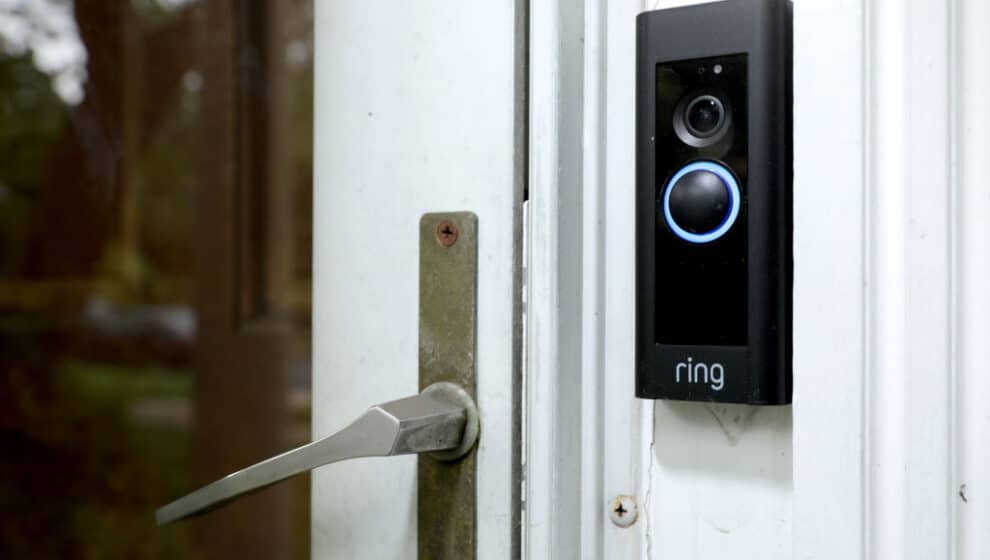The Ring Doorbell—what started as a small doorbell company working from a garage with five employees became a billion-dollar business.
Key Details
- Ring is a smart doorbell that is equipped with a camera, motion detection, two-way sound, and an easily accessible app to allow homeowners always to know what is happening outside of their door.
- It is estimated that around 10 million people rely on Ring video doorbells to monitor what’s happening at their homes, according to ArsTechnica.
- Ring was first known as Doorbot and attempted to garner funding from ABC’s Shark Tank in 2013, but ultimately left with no deal.
- In 2018, Amazon bought the company for $1 billion.
Why it’s news
A product can face many failures before finding its popularity and becoming a profitable business, such as the Ring doorbell, which once received harsh criticism, and is now on the doors of millions of homes worldwide.
In 2011, three engineers and two others came together to create a smart doorbell called Doorbot. By 2012, the group was able to develop the doorbell and ship it to customers worldwide, according to The Ring Blog.
The company was able to ship the orders but was running out of funds. In 2013, founder Jamie Siminoff decided to take the product to Shark Tank, the popular ABC TV show on which entrepreneurs pitch their ideas to wealthy investors. Siminoff was asking for $700,000 for a 10% equity stake in Doorbot, but none of the sharks agreed to his deal.
Although Siminoff did not receive a deal with any business investors on Shark Tank, the publicity of the show sent sales rising quickly, driving more than 1 million in sales in just one month.
Sales were up for the company, but Doorbot faced other issues. Customers complained that the nearly $200 doorbell had poor picture quality, muffled sound, and faulty WiFi connection, which hurt the brand’s reputation and slowed sales.
Siminoff took matters into his own hands, making house calls to 50 customers over the next nine months, attempting to fix the problems with the doorbell and answering every customer email, trying to make up for the bad reviews.
Looking to improve the product, in March 2014, he struck a deal with Foxconn, the Chinese giant that manufactures iPhones, to collaborate on a redesign and extend a line of credit to cover the first 30,000 units at $100 apiece, according to a Forbes report.
In the meantime, he also changed the company’s name to Ring and paid $1 million to buy ring.com from a domain-name squatter. “If you want to be a player in the market,” he says, “you have to look like one.”
In 2015, billionaire Richard Branson invested in Ring after seeing one in use and publicly stated his happiness with the product and how shocked he was the sharks passed up on the doorbells, according to Forbes.
In 2016, in coordination with the Los Angeles Police Department, Ring gave away 40 doorbells in Wilshire Park, a middle-class L.A. neighborhood facing many home burglaries. Six months after the Rings were given, burglaries fell by 55%, according to the Los Angeles Police Department.
By then, the company was getting back on its feet and getting brand awareness for being a safe and needed home product.
In 2018, Amazon purchased the company for $1 billion, allowing the e-commerce website to expand its home security and in-house delivery services. Amazon kept Ring as an independent business selling the smart doorbells on its website under the Ring brand name.
Today, Ring is worth over $1 billion, and Amazon has sold millions of the products on its e-commerce website. Amazon’s Ring has branched out to more than just doorbells, now offering full security systems, indoor and outdoor cameras, smart locks, and more.
